1
2
3
4
5
6
7
8
9
10
11
12
13
14
15
16
17
18
19
20
21
22
23
24
25
26
27
28
29
30
31
32
33
34
35
36
37
38
39
40
41
42
43
44
45
46
47
48
49
50
51
52
53
54
55
56
57
58
59
60
61
62
63
64
65
66
67
68
69
70
71
72
73
74
75
76
77
78
79
80
81
82
83
84
85
86
87
88
89
90
91
92
93
94
95
96
97
98
99
100
101
102
103
104
105
106
107
108
109
110
111
112
113
114
115
116
117
118
119
120
121
122
123
124
125
126
127
128
129
130
131
132
133
134
135
136
137
138
139
140
141
142
143
144
145
146
147
148
149
150
151
152
153
154
155
156
157
158
159
160
161
162
163
164
165
166
167
168
169
| def sigmoid(z):
return 1. / (1.+np.exp(-z))
def relu(Z):
A = np.maximum(0,Z)
return A
def leaky_relu(Z):
A = np.maximum(0,Z)
A[Z < 0] = 0.01 * Z
return A
class DeepNeuralNetwork():
def __init__(self, layers_dim, activations):
np.random.seed(1)
self.layers_dim = layers_dim
self.__num_layers = len(layers_dim)
self.activations = activations
self.input_size = layers_dim[0]
self.parameters = self.__parameters_initializer(layers_dim)
self.output_size = layers_dim[-1]
def __parameters_initializer(self, layers_dim):
L = len(layers_dim)
parameters = {}
for l in range(1, L):
parameters['W'+str(l)] = np.random.randn(layers_dim[l], layers_dim[l-1]) / np.sqrt(layers_dims[l-1])
parameters['b'+str(l)] = np.zeros((layers_dim[l], 1))
return parameters
def __one_layer_forward(self, A_prev, W, b, activation):
Z = np.dot(W, A_prev) + b
if activation == 'sigmoid':
A = sigmoid(Z)
if activation == 'relu':
A = relu(Z)
if activation == 'leaky_relu':
A = leaky_relu(Z)
if activation == 'tanh':
A = np.tanh(Z)
cache = {'Z': Z, 'A': A}
return A, cache
def __forward_propagation(self, X):
caches = []
A_prev = X
caches.append({'A': A_prev})
for l in range(1, len(self.layers_dim)):
W, b = self.parameters['W'+str(l)], self.parameters['b'+str(l)]
A_prev, cache = self.__one_layer_forward(A_prev, W, b, self.activations[l-1])
caches.append(cache)
AL = caches[-1]['A']
return AL, caches
def __compute_cost(self, AL, Y):
m = Y.shape[1]
cost = -np.sum(Y*np.log(AL) + (1-Y)*np.log(1-AL)) / m
return cost
def cost_function(self, X, Y):
assert (self.input_size == X.shape[0])
AL, _ = self.__forward_propagation(X)
return self.__compute_cost(AL, Y)
def sigmoid_backward(self, dA, Z):
s = sigmoid(Z)
dZ = dA * s*(1-s)
return dZ
def relu_backward(self, dA, Z):
dZ = np.array(dA, copy=True)
dZ[Z <= 0] = 0
return dZ
def leaky_relu_backward(self, dA, Z):
dZ = np.array(dA, copy=True)
dZ[Z <= 0] = 0.01
return dZ
def tanh_backward(self, dA, Z):
s = np.tanh(Z)
dZ = 1 - s*s
return dZ
def __linear_backward(self, dZ, A_prev, W):
m = A_prev.shape[1]
dW = np.dot(dZ, A_prev.T) / m
db = np.sum(dZ, axis=1, keepdims=True) / m
dA_prev = np.dot(W.T, dZ)
return dA_prev, dW, db
def __activation_backward(self, dA, Z, activation):
assert (dA.shape == Z.shape)
if activation == 'sigmoid':
dZ = self.sigmoid_backward(dA, Z)
if activation == 'relu':
dZ = self.relu_backward(dA, Z)
if activation == 'leaky_relu':
dZ = self.leaky_relu_backward(dA, Z)
if activation == 'tanh':
dZ = self.tanh_backward(dA, Z)
return dZ
def __backward_propagation(self, caches, Y):
m = Y.shape[1]
L = self.__num_layers
grads = {}
AL, A_prev = caches[L-1]['A'], caches[L-2]['A']
dAL = - (Y/AL - (1-Y)/(1-AL))
grads['dZ'+str(L-1)] = self.__activation_backward(dAL, caches[L-1]['Z'], self.activations[-1])
grads['dA'+str(L-2)], \
grads['dW'+str(L-1)], \
grads['db'+str(L-1)] = self.__linear_backward(grads['dZ'+str(L-1)],
A_prev, self.parameters['W'+str(L-1)])
for l in reversed(range(1, L-1)):
grads['dZ'+str(l)] = self.__activation_backward(grads['dA'+str(l)],
caches[l]['Z'],
self.activations[l-1])
A_prev = caches[l-1]['A']
grads['dA'+str(l-1)], \
grads['dW'+str(l)], \
grads['db'+str(l)] = self.__linear_backward(grads['dZ'+str(l)], A_prev, self.parameters['W'+str(l)])
return grads
def __update_parameters(self, grads, learning_rate):
for l in range(1, self.__num_layers):
self.parameters['W'+str(l)] -= learning_rate * grads['dW'+str(l)]
self.parameters['b'+str(l)] -= learning_rate * grads['db'+str(l)]
def fit(self, X, Y, num_iterations, learning_rate, print_cost=False, print_num=100):
for i in range(num_iterations):
AL, caches = self.__forward_propagation(X)
cost = self.__compute_cost(AL, Y)
grads = self.__backward_propagation(caches, Y)
self.__update_parameters(grads, learning_rate)
if i % print_num == 0 and print_cost:
print ("Cost after iteration %i: %f" %(i, cost))
return self
def predict_prob(self, X):
A, _ = self.__forward_propagation(X)
return A
def predict(self, X, threshold=0.5):
pred_prob = self.predict_prob(X)
threshold_func = np.vectorize(lambda x: 1 if x > threshold else 0)
Y_prediction = threshold_func(pred_prob)
return Y_prediction
def accuracy_score(self, X, Y):
pred = self.predict(X)
return len(Y[pred == Y]) / Y.shape[1]
|
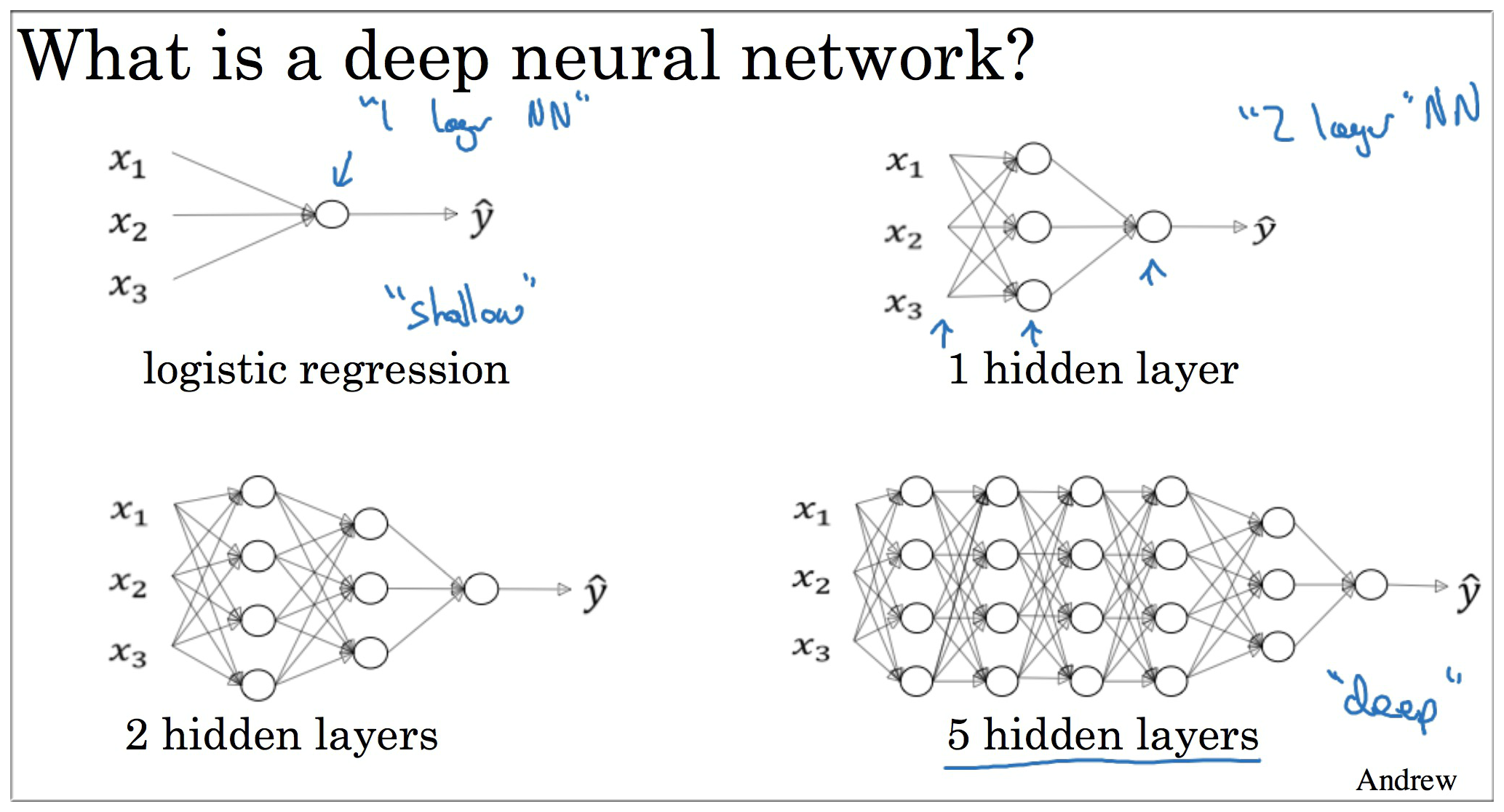
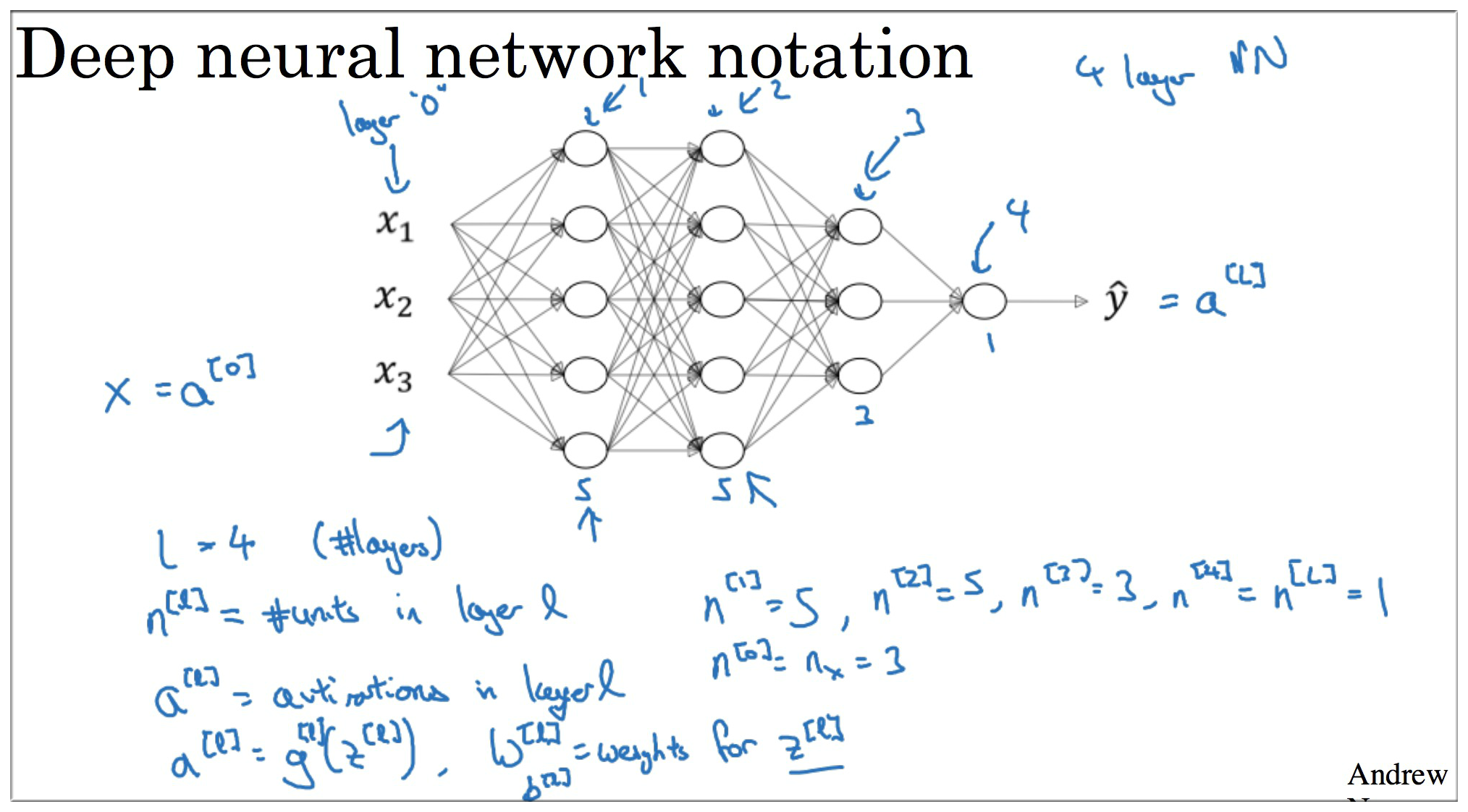
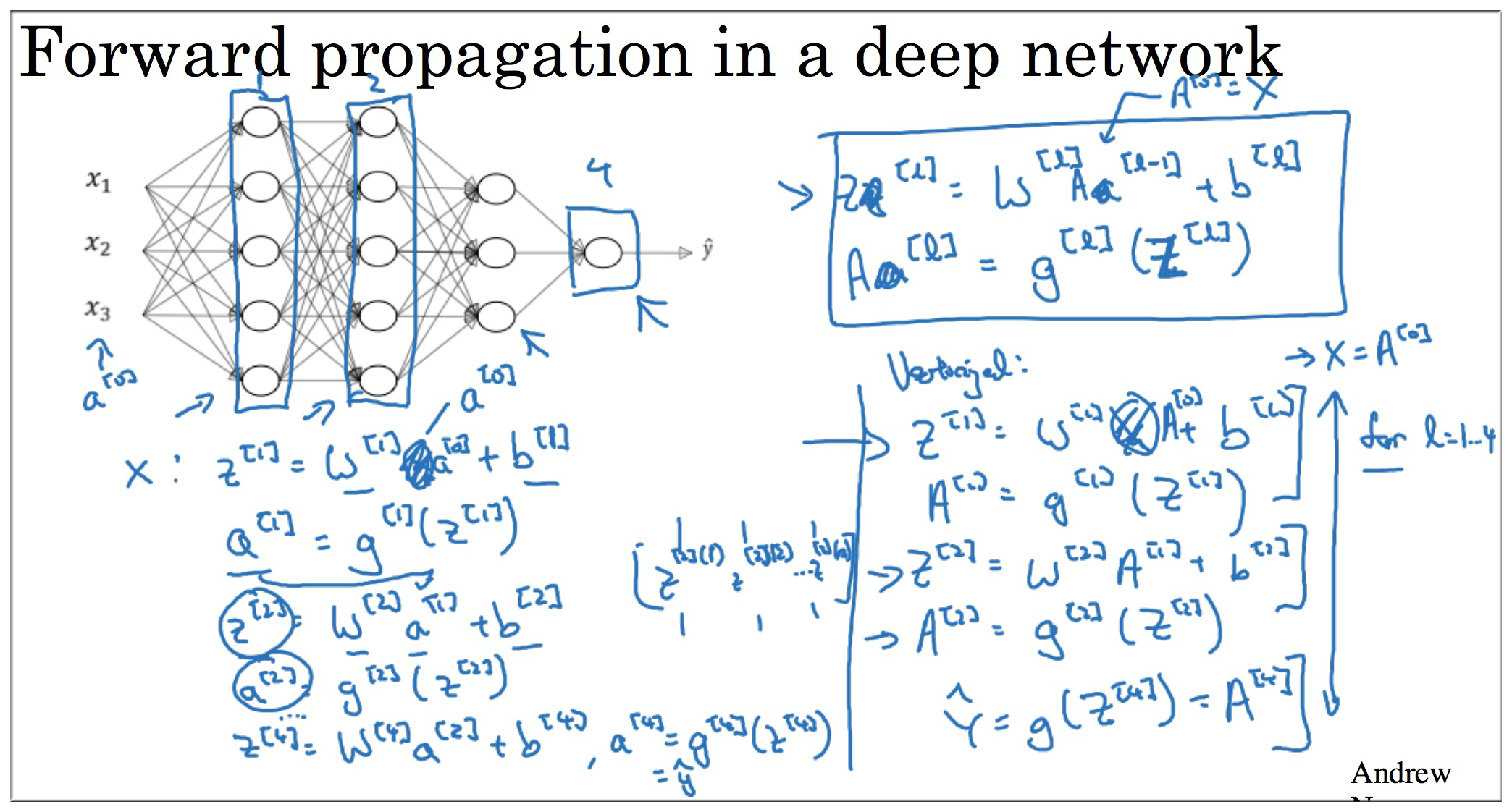
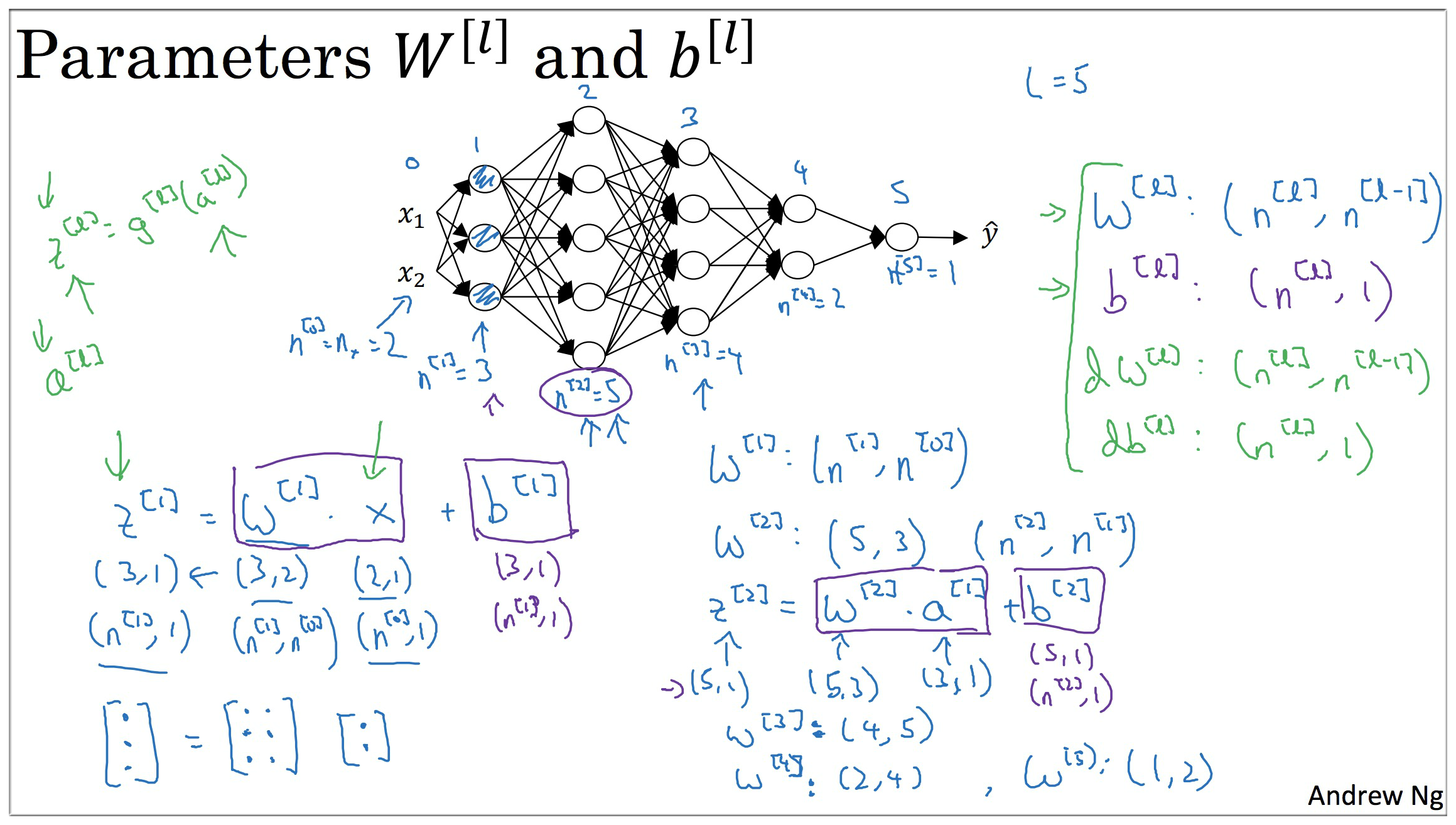
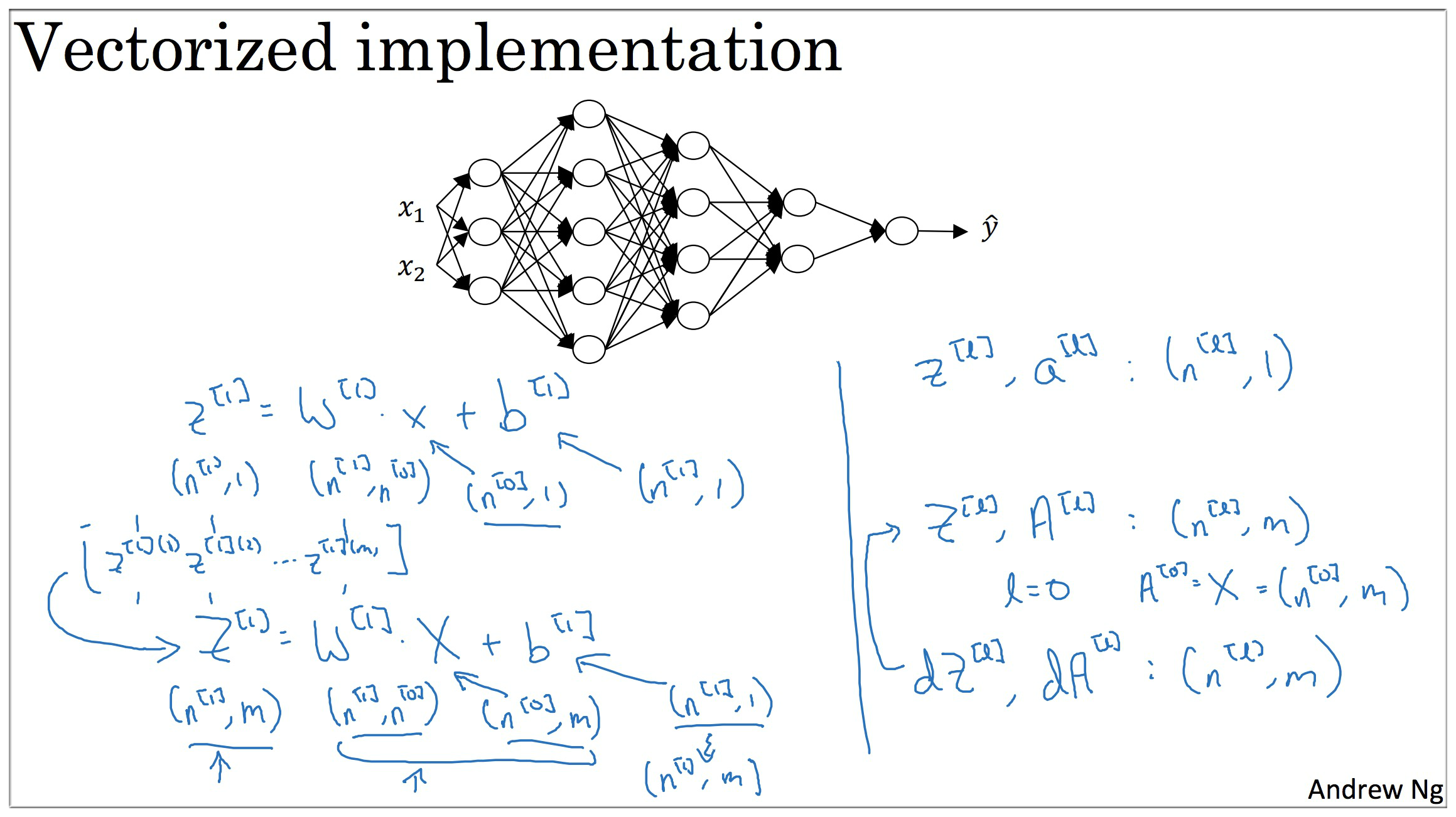
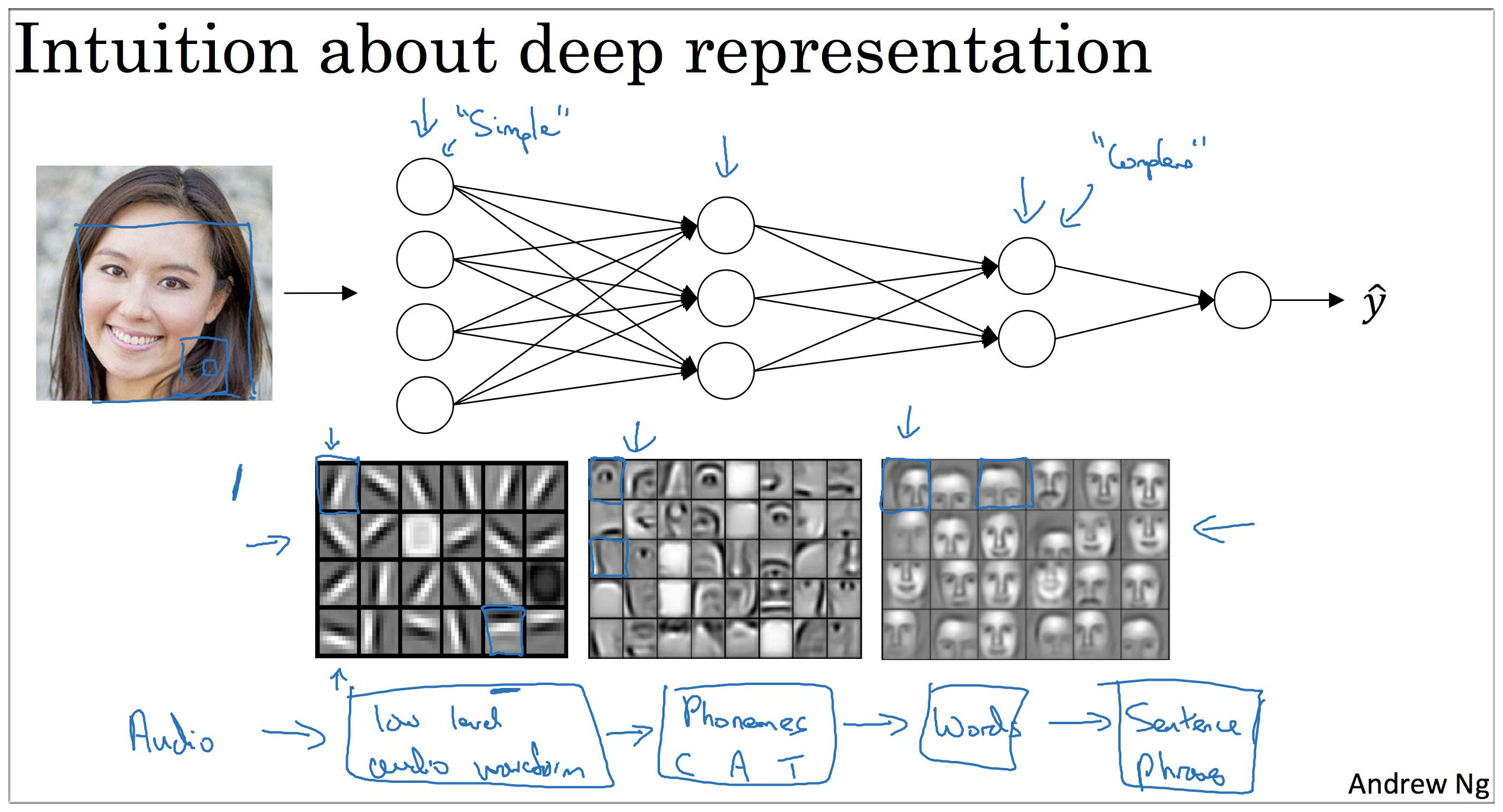
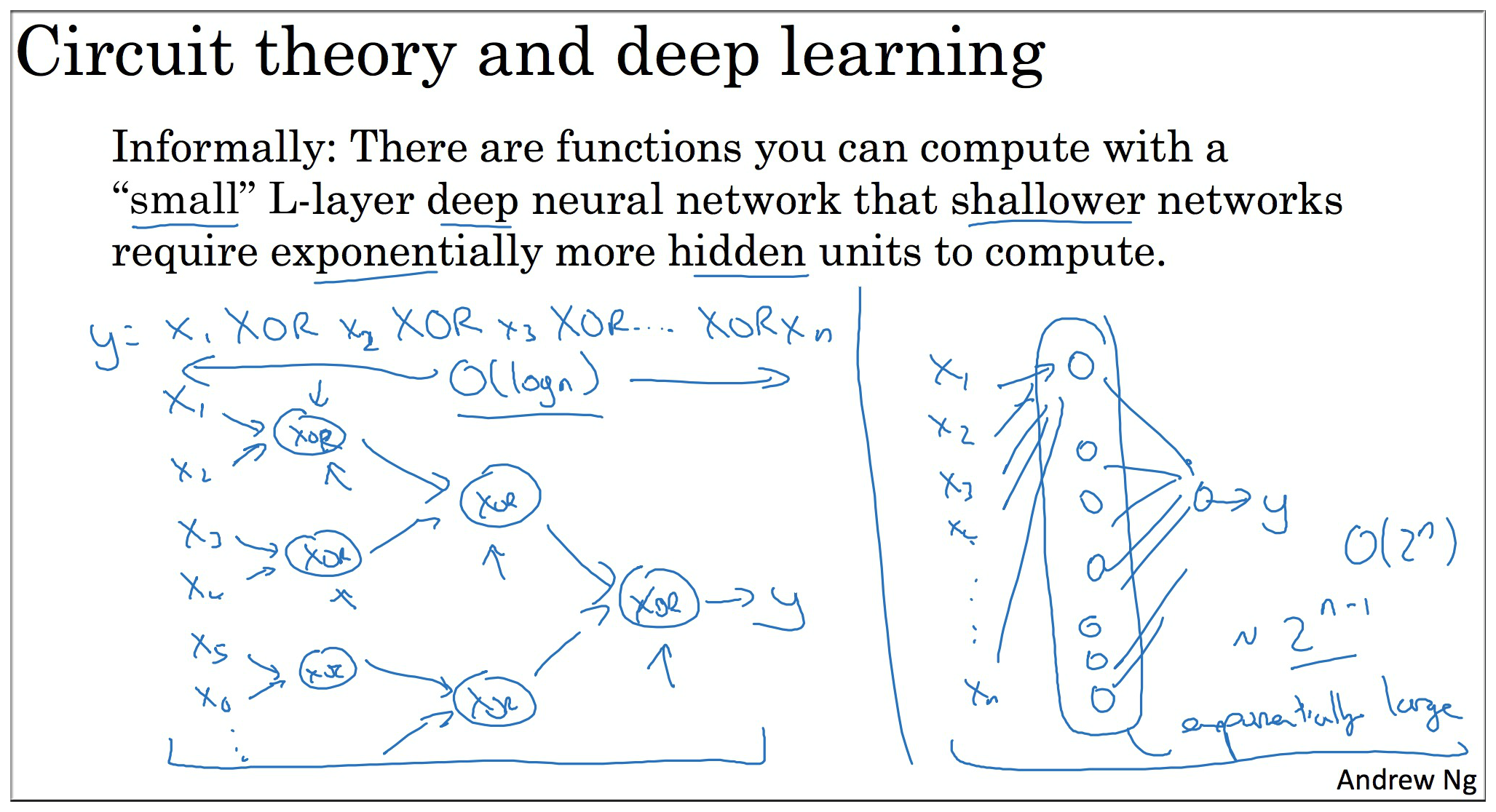
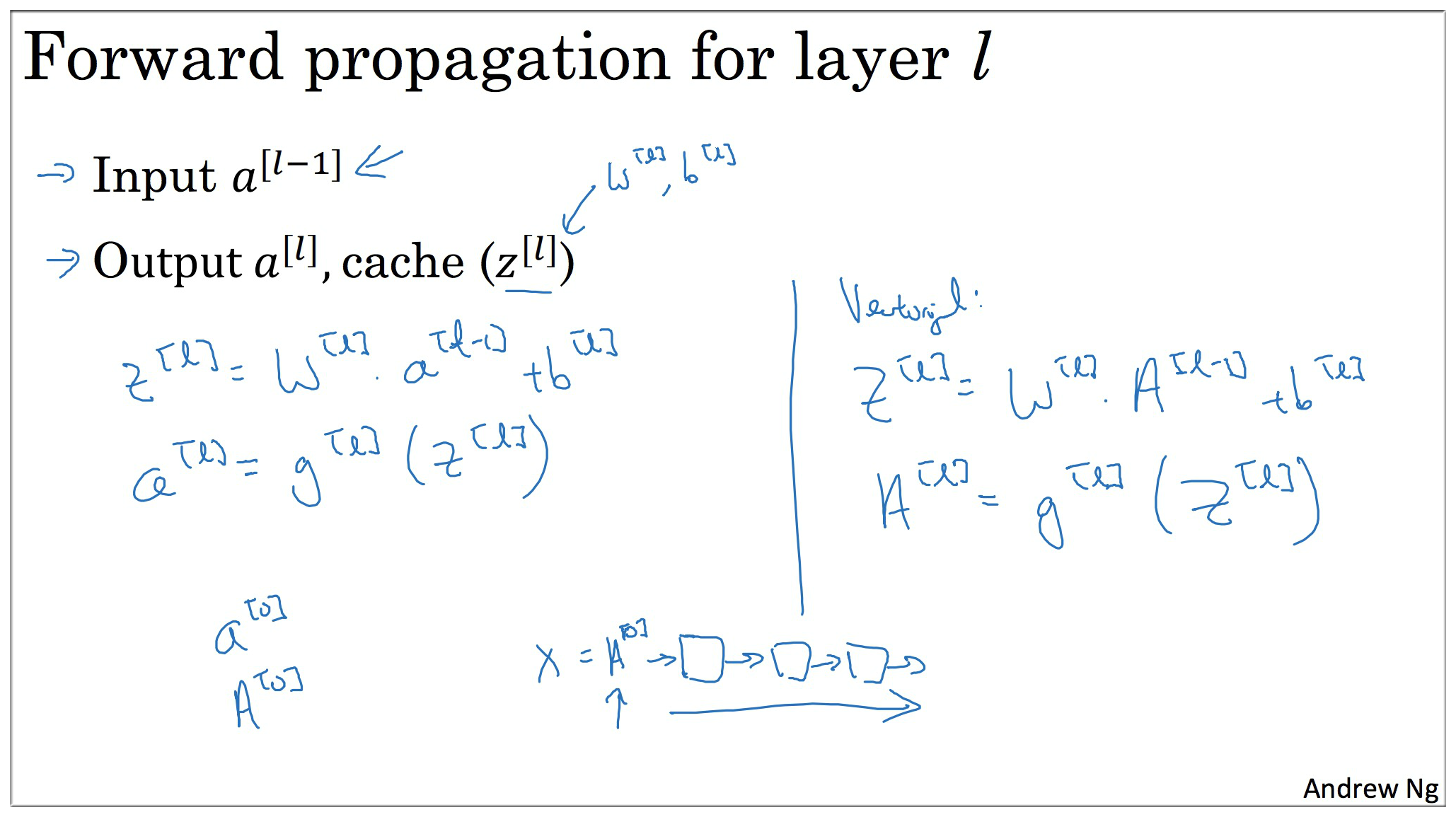
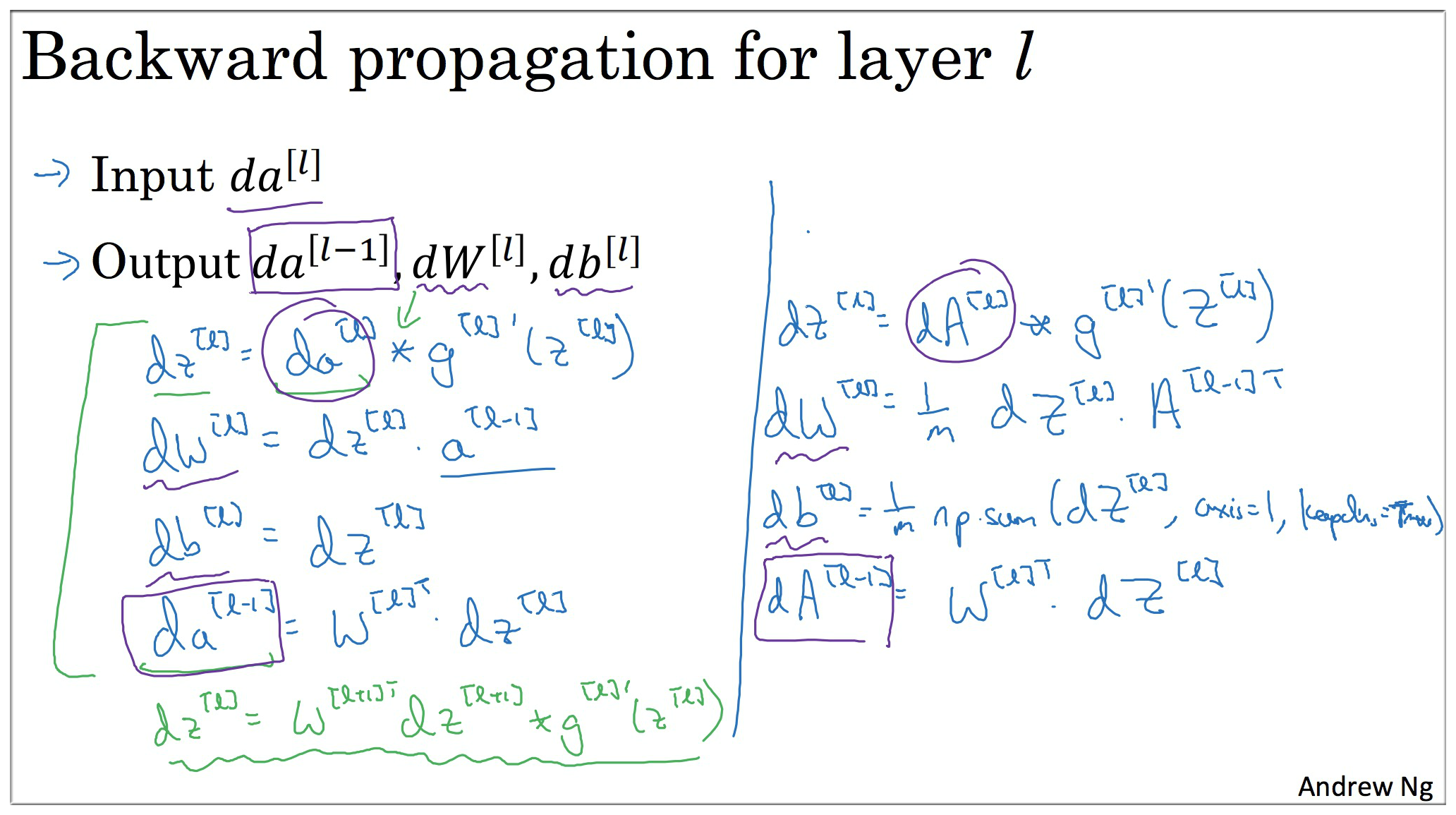
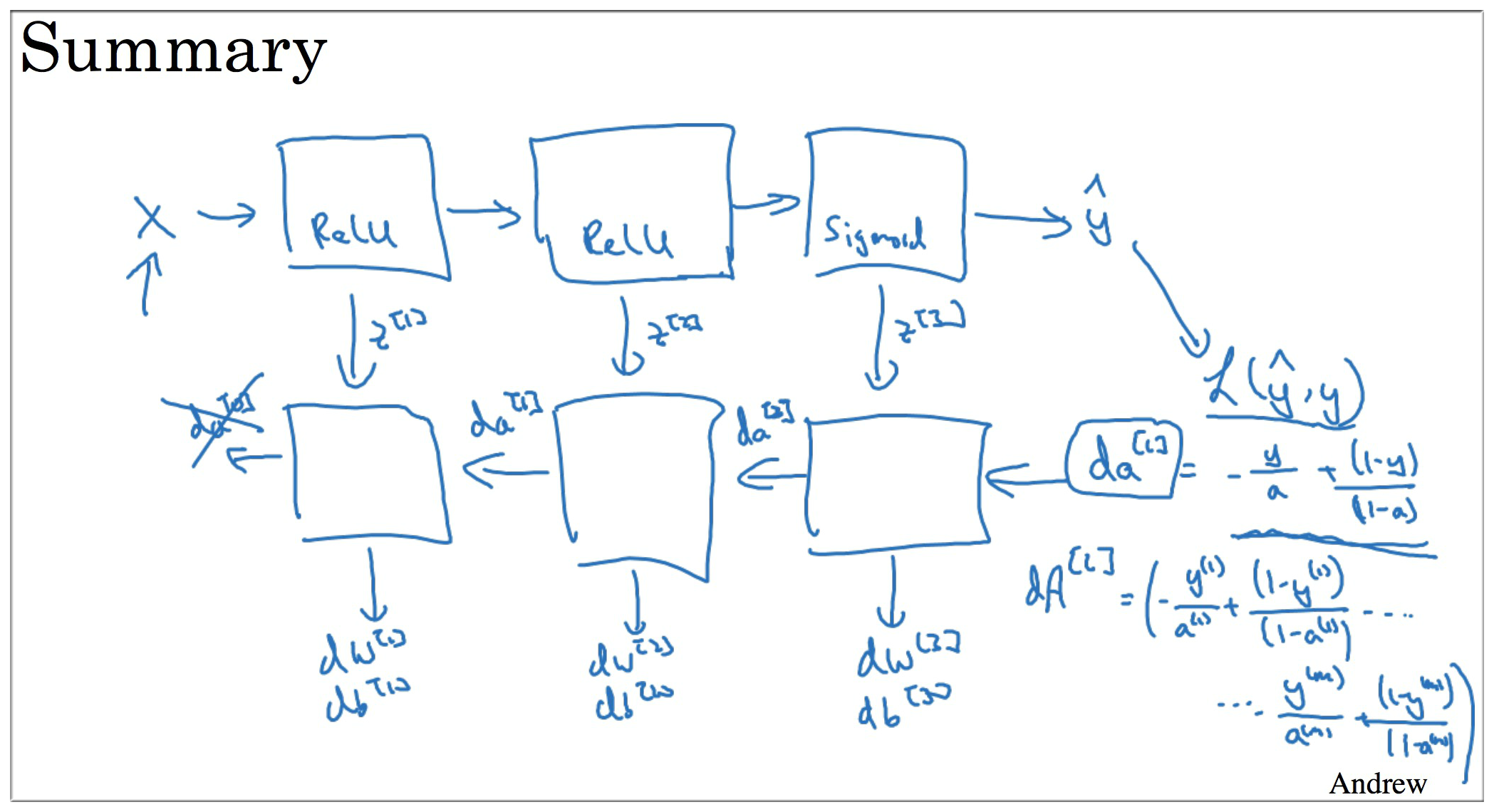
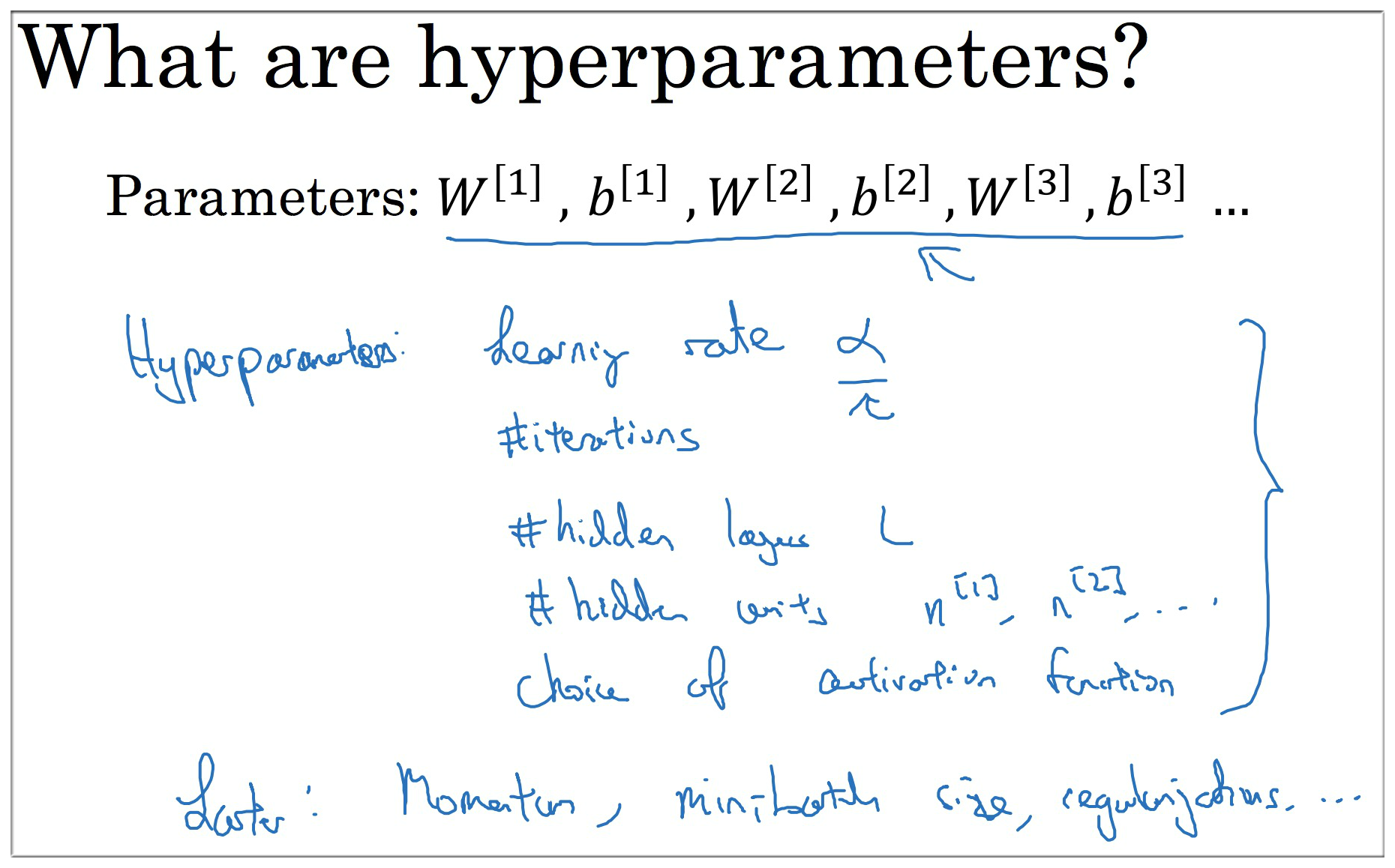
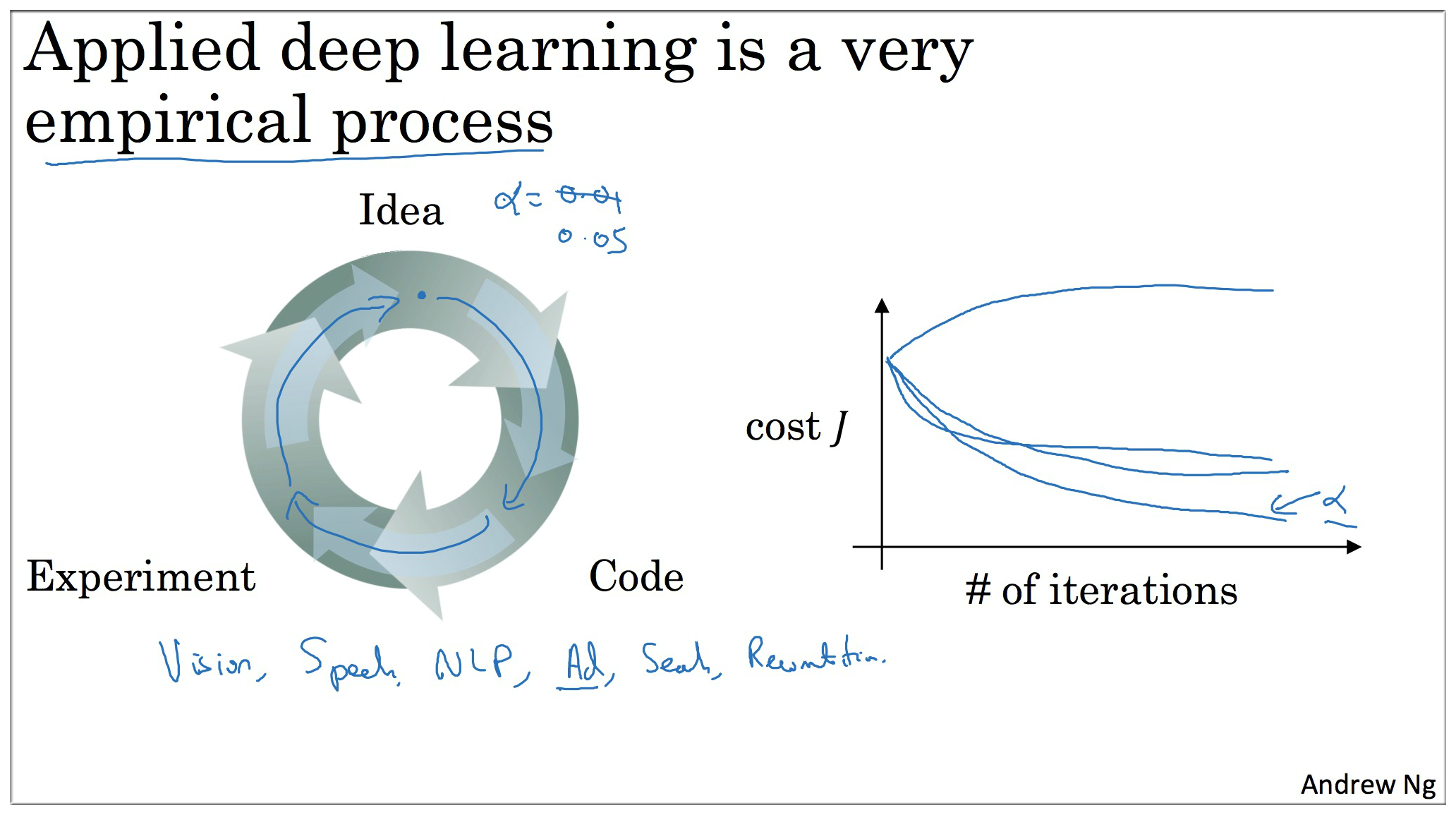






Checking if Disqus is accessible...